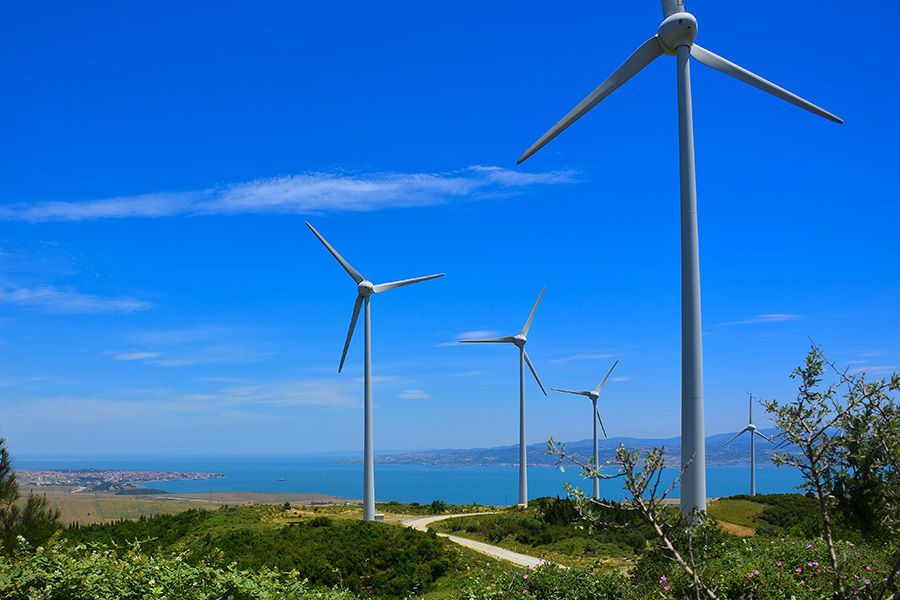Jun 10, 2021
Defining Equity in the Clean Energy Industry
At the ACEEE Summer Study on Energy Efficiency in Buildings following a panel discussing equity, a group of participants held an informal session on equity in the energy efficiency industry. This group discussed the urgency of increasing equity and strengthening the focus on underserved customers and the lack of transparency and metrics to define progress.
By: Lauren Wentz, Elizabeth Palchak, Robert Stephenson, and Emily Levin

At the ACEEE Summer Study on Energy Efficiency in Buildings following a panel discussing equity, a group of participants held an informal session on equity in the energy efficiency industry. This group discussed the urgency of increasing equity and strengthening the focus on underserved customers and the lack of transparency and metrics to define progress.
To achieve this goal, the group identified the need for standards and best practices for equity measurement to inform consistent practice and allow for cross-comparison of different program efforts. Building on the momentum from that event, four energy efficiency organizations worked together to begin development of a standardized approach to equity measurement in the clean energy industry.
We will publish several articles detailing the research and case study completed by these four organizations, but for this first article, we’re going to focus on defining equity.

Equity is a complex topic. Definitions vary across policy, industry, and academia. Equality is one component of equity, but the definition of equity extends beyond creating equality. Efforts towards equity account for and work to rectify historical inequalities by redistributing access to the benefits provided by programs and the financial resources to participate in programs. The categories described in the review of the clean energy industry were informed by research conducted by The Urban Institute, which provided the second part of a collaborative effort to assess the state of equity measurement in the clean energy industry (Martín and Lewis 2019).
The Urban Institute reviewed the state of equity measurement across several sectors beyond the clean energy industry, including the education and healthcare industries, providing important context for the concepts that guided the review of the clean energy industry. Six dimensions of equity were identified in “The State of Equity Measurement” report by the Urban Institute.
- Historical legacies refers to an understanding of past structural inequities and efforts to redress inequities through program or policy design and measurement.
- Access discrimination occurs through explicit discrimination and implicit bias, limiting access to services and products.
- Awareness of populations addresses demographic differences and works to identify groups that may not be accessing services. The most commonly referenced demographic characteristics are income, race, gender, and age. Other relevant characteristics include rurality, language and internet access.
- Inclusion of other voices references the importance of including target groups in program delivery, design and oversight.
- Output differences captures the quality of services and products.
- Disparate impacts consider measurable outcomes of programs and unintentional discriminatory effects.
The research team from Vermont Energy Investment Corporation (VEIC) used these six dimensions to provide a guiding structure for reviewing equity efforts across the clean energy industry. The team looked for evidence of these six dimensions in industry reports, academic studies, and policy papers. After reviewing 19 discrete documents, the research team identified three of the six dimensions addressed within the clean energy industry. The team modified the definitions slightly to represent efforts from within the industry to address equity:
- Defining target populations,
- Determining disparate impacts of programs, and
- Including representative voices in program design and delivery.
These three dimensions are covered in more depth in “Efficiency Vermont’s Low-Income Program: Opportunities to Enhance Equity,” which we’ll publish in the coming weeks, and represent efforts across the industry to increase the equity of programs and policies by more accurately measuring impacts on underrepresented groups.
These efforts are aimed at increasing an understanding of how well the industry is serving customers, across all populations. Efficiency Vermont has made strides in addressing equity and has tested metrics and program delivery designs intended to better address the needs of underserved customers in Vermont.





